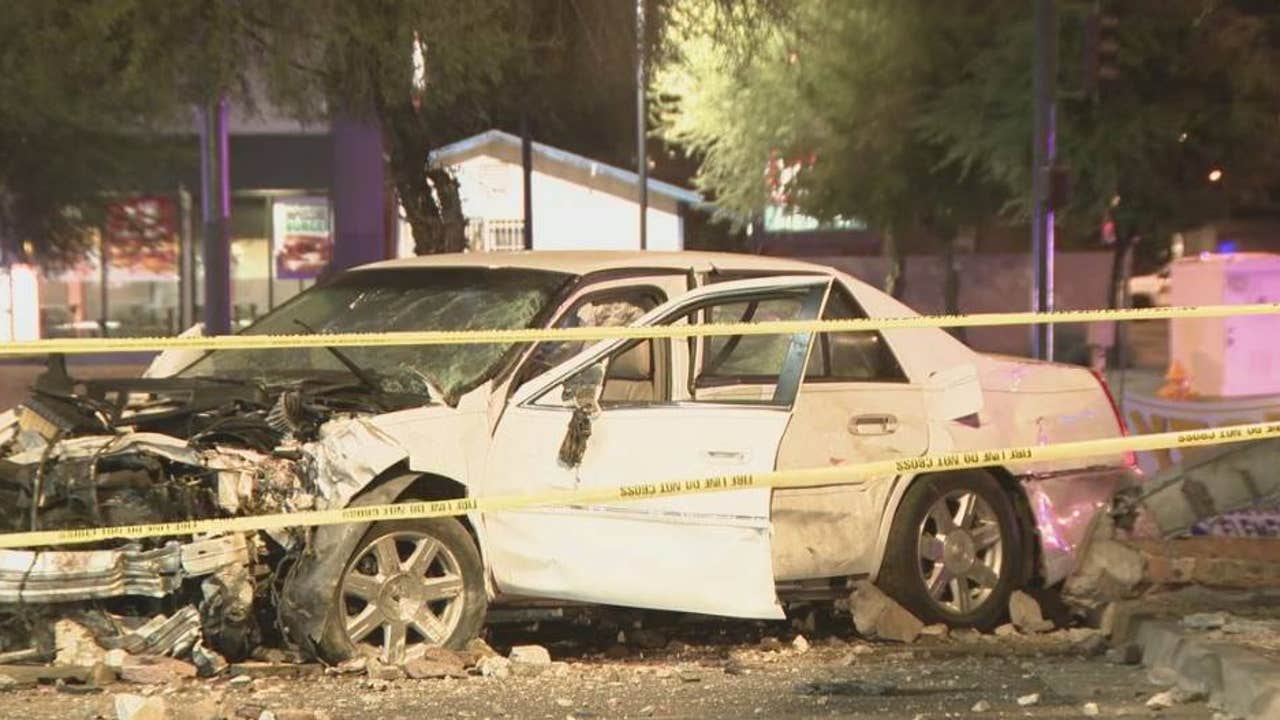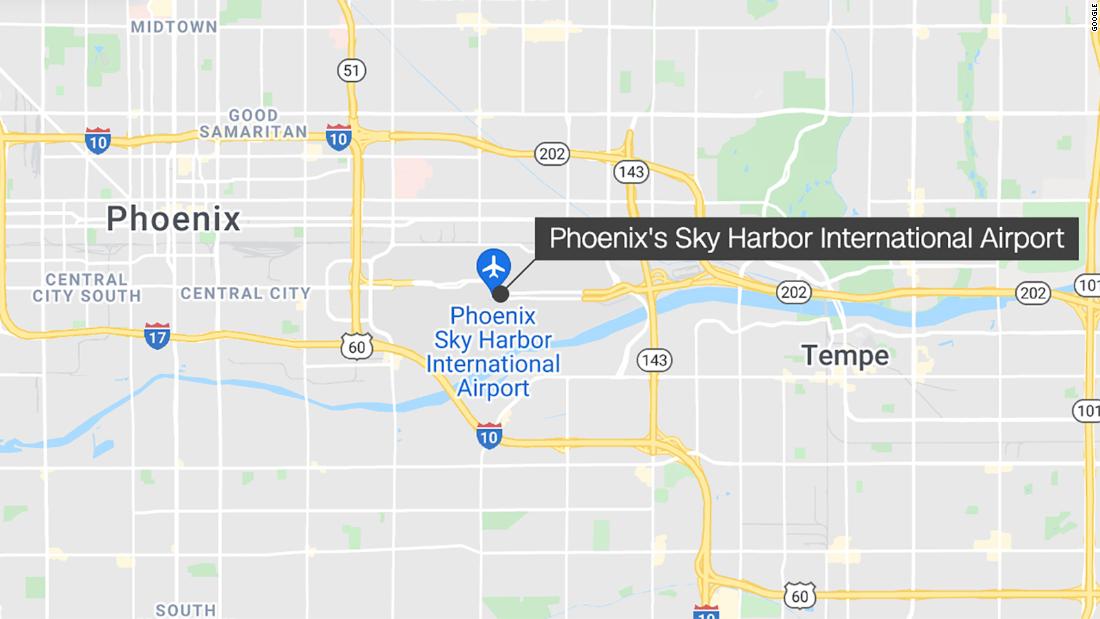Phoenix commuters got 36 hours of their lives back last year. That’s how much time Valley residents didn’t have to spend in traffic as the COVID-19 pandemic resulted in sharp drops in commuting and subsequent decreases in traffic congestion, a new national report, with cities across Arizona and the U.S. seeing a drop of 50 Percent or more in the number of hours and dollars they wasted in traffic, as well as a reduction in gas mileage when idling in traffic, the Texas A&M University Transportation Institute report said last week. “Traffic at peak or rush hour isn’t quite as bad as it used to be,” said Eric Anderson, executive director of the Maricopa Association of Governments. “That means we have more people who don’t commute during rush hour than we did before the pandemic, which reflects the fact that many people are still working from home.” But experts say drivers should enjoy it while they are how numbers have already started to move back to previous levels. While it may not hit 2019 levels immediately, the report said 2021 “will see congestion growth faster than ever since 1982”. But in 2020, the time people spent in traffic was at its lowest since 1988, when a typical U.S. commuter spent an additional 26 hours behind the wheel. Last year, the number fell to 27 hours in 2021, according to the Urban Mobility Report, a 50 percent decrease from the 54 hours stuck commuting in 2019. Luke Albert, an associate research engineer at the Transportation Institute, attributed the decline to the number of people teleworking, which spreads the number of cars and trucks on the freeway throughout the day. As the report put it, while cities have been focused on flattening the curve to cope with the pandemic health emergency, they have also flattened the travel delay curve of working between 6 a.m. and 10 a.m. and driving home between 3 and 7 p.m. Spent 36 hours fewer hours in traffic jams in 2020 than in 2019, a decrease of 59 percent. Similar were the numbers in Tucson, where the 21 hours stuck in traffic last year were 58 percent less than last year. While smaller cities across the state had shorter commute times, they all saw a similar drop in delays from 2019. In Avondale-Goodyear, commute delays decreased from a total of 23 hours to 14 hours last year, while Commuters in Flagstaff and Prescott “2020 eight hours wasted in traffic, ”the report said. Every city in the state had at least a third fewer hours in traffic. Not only was it saved time. Nationally, commuters burned an additional 3.5 billion gallons of gas in 2019 from non-free-flow traffic, but that number fell to 1.7 billion gallons last year. The greenhouse gas emissions caused by traffic jams fell from 36 million tons to 18 million tons. The cost of all that sitting adds up: the report says traffic jams cost Americans $ 190 billion in additional fuel and lost time in 2019, compared to $ 101 billion last year. That’s a decrease in spend per commuter from $ 1,170 to $ 605. Anderson said he expects the “higher teleworking” that began during the pandemic to continue as many employers and workers have found they can work remotely. Encouraging people to adopt alternative working hours by working remotely – partially or fully – would “take vehicles off the system and help our (Arizona’s) traffic jams,” he said. In addition, many people commute downtown from the West Valley every day to work. Creating more job opportunities in the West Valley would “reduce long-distance commuting patterns and take the strain off the system,” said Anderson. In this way, the state can prepare for the “return of congestion problems” forecast in the report. But while experts see the traffic congestion returning, Albert said they likely won’t hit pre-pandemic levels immediately and expect increases in 2021, “Albert said. But “we don’t expect it to go back to 2019” because it is unclear how many people will continue to work remotely, he said. ν
[ad_2]












